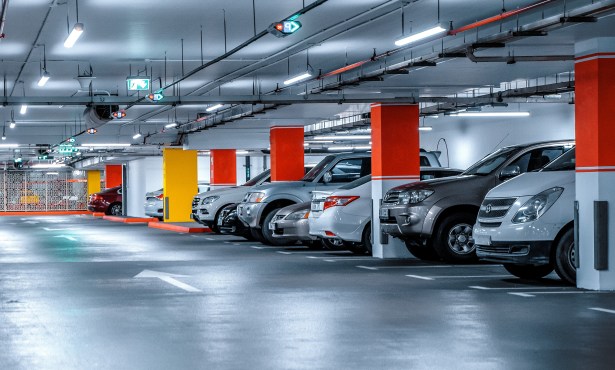A Win for Housing, Livability, and the Climate
California Is Starting to Reverse a Century of Policy That Has Shaped Our Cities

Cities across America have suffered from sprawl, degraded urban design, poor walkability, high housing costs, and economic injustice. Many factors contribute to these urban ills, but UCLA professor Donald Shoup makes a cogent case that parking requirements in zoning ordinances are the main culprit. Per professor Shoup, such mandates subsidize cars, thus leading to more driving and car ownership. Looking at numbers nationwide, there are eight parking spaces for every car.
A few weeks ago, Governor Gavin Newsom signed into law a bill eliminating parking mandates for residential and commercial developments located within half a mile of major transit stops. Cities in California (and elsewhere in the country) are facing a growing affordable-housing crisis. This legislation is an important win for housing and parking reform advocates, because parking requirements raise housing costs, eat up valuable land, and make communities less delightful places. This act to remove parking requirements is the first statewide effort to prioritize people and their housing needs over cars.
Starting a couple of decades ago, Santa Barbara began taking some tentative steps to reform parking mandates. Casa de las Fuentes on West Carrillo is a 42-unit, affordable rental complex, designed for downtown workers. Instead of the standard two parking spaces per unit, it innovated with just one and charged $50/month to any occupant who owns or has leased a car. Unbundling parking from condo or rental living spaces needs to be universal. Even with only one space per unit, the Casa’s covered parking is usually only half full.
Eliminating on-street parking reduces car trips, especially when accompanied by increased public transit. Copenhagen has removed 2-3 percent of its street parking each year for more than a decade with growing improvements to its economy and livability. In the past year, Oslo has removed more than 700 downtown parking places and replaced them with bike lanes, pocket parks, and sitting areas. Oslo’s ultimate goal is a total ban on cars in the city center. In Paris, the pandemic led to the mayor accelerating the plan to remove 72 percent of on-street parking and speed up the creation of more bike lanes.
California’s new parking reform law is not only helping with housing affordability and neighborhood livability but also reducing air pollution and greenhouse-gas emissions. As we move to more electric vehicles, it is still important to remove parking requirements and increase the fees charged for parking. Such changes lead to fewer vehicles being manufactured and the conserving of valuable finite resources. Moreover, fewer parking spaces mean cars are less dominant in urban design. Hopefully this California innovation will spread to other states, as often is the case when California takes the lead.
Support the Santa Barbara Independent through a long-term or a single contribution.



